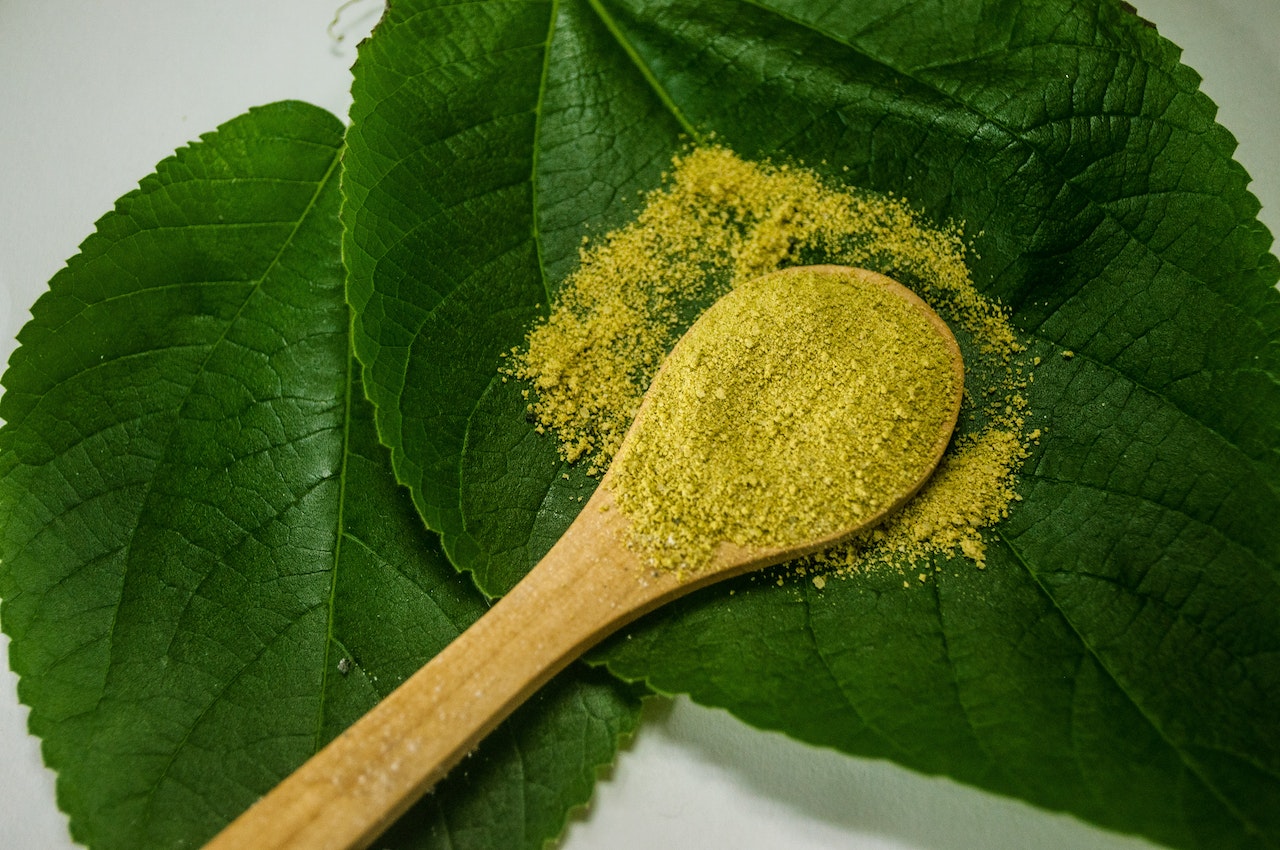What is Kratom?
Kratom, also known as Mitragyna Speciosa, is a tropical tree that is native to Southeast Asia. The leaves of the kratom tree contain compounds known as alkaloids, which have psychoactive properties. These alkaloids, such as mitragynine and 7-hydroxymitragynine, interact with the body’s opioid receptors. This results in effects similar to those of opioids, such as pain relief and a sense of well-being.
Kratom has been used for centuries in traditional medicine to alleviate pain and improve mood. In recent years, it has gained popularity as a natural alternative to traditional opioid painkillers, such as oxycodone and hydrocodone. However, despite its potential benefits, kratom use can also lead to negative effects, such as nausea, constipation, and drowsiness. High doses of kratom can cause seizures, liver damage, and even death.
Recovering from kratom use can be challenging, as it can lead to physical and psychological dependence. Long-term use of kratom can result in withdrawal symptoms, such as anxiety, insomnia, and muscle aches. These symptoms can be managed with the help of a medical professional and a comprehensive treatment plan.
Is Kratom A Dangerous Substance?
The safety of kratom is a controversial topic. The FDA has issued warnings about the use of kratom, stating that it poses a risk of addiction, abuse, and death. However, proponents of kratom argue that it is a safe and effective alternative to traditional opioids for pain management.
It’s important to note that kratom is not an FDA-approved substance. Its safety and efficacy for medicinal use have not been well-studied. Furthermore, kratom can also lead to negative effects such as addiction and withdrawal symptoms. If you are considering kratom, speak with a healthcare professional to weigh the potential risks and benefits.
As for drug testing, kratom alkaloids can be detected in urine for up to several days after use, but they are not included in the standard drug test. However, some specialized tests can detect kratom.
While it may have potential benefits, such as pain relief, it also has potential negative effects, such as addiction and withdrawal symptoms. Kratom is not an FDA-approved substance and its safety and efficacy for medicinal use have not been well-studied. If you are considering using kratom, it is important to speak with a healthcare professional to weigh the potential risks and benefits. It’s also important to note that kratom can show up on some specialized drug tests.
What is Tranq?
Tranq, commercially known as Xylazine, is a powerful animal tranquilizer that is not intended for human consumption. However, it has been found in street drugs and has been causing severe skin reactions in users, leading to amputations in some cases.
The New York Times recently covered this new drug in an extensive article, “Tranq Dope: Animal Sedative Mixed with Fentanyl Brings Fresh Horror to U.S. Drug Zones”.
Xylazine is a central nervous system depressant that is commonly used to sedate horses, cattle, and other large animals. The drug works by blocking the action of certain neurotransmitters in the brain, leading to sedation and analgesia. Because of its sedative properties, Xylazine is sometimes used recreationally, but this is extremely dangerous.
The exact amount of Xylazine in the current heroin supply is not known. However, it is believed to be a significant portion. A Fox News article reports that the drug has been found in over 90% of the heroin samples tested in Philadelphia.
Xylazine, is not the same as fentanyl, another opioid that has contributed to the opioid crisis in the United States. While both drugs are opioids and can be extremely dangerous, they have different effects on the body.
The Effects of Tranq
In the article from Fox News, it states that “sedation with Xylazine have had severe skin reactions, leading to amputations in some cases.” This is due to the fact that Xylazine is not intended for human consumption and can cause serious side effects when taken recreationally.
The New York Times article also states that “Xylazine, which is a central nervous system depressant and is commonly used to sedate horses, cattle and other large animals, is the latest opioid to be found in the illicit drug supply, fueling concerns about the growing opioid epidemic in the United States.” This highlights the growing concern over the use of Xylazine recreationally and the potential harm it can cause to those who consume it.
Both articles also mention that Xylazine is significantly more potent than fentanyl.
About Adam Banks
Adam Banks is a certified interventionist and the owner of Adam Banks Recovery. After receiving an MBA from the University of Chicago, Adam built a company acquired by United Health Care. His discipline and attention to detail comes from his former career as an airline pilot, holding an ATP, the FAA’s highest license.
Today, Adam is dedicated to helping others achieve long-term sobriety. His work has guided executives, pilots, and physicians on paths to recovery. Adam brings families together through a loving and inclusive approach. Adam has authored four books on addiction. His recent work, Navigating Recovery Ground School: 12 Lessons to Help Families Navigate Recovery, educates families on the entire intervention process. He also offers a free video course for families considering an intervention for a loved one.
Adam is available for alcohol and drug intervention services in New York, Long Island, the Hamptons as well as nationally and internationally.

